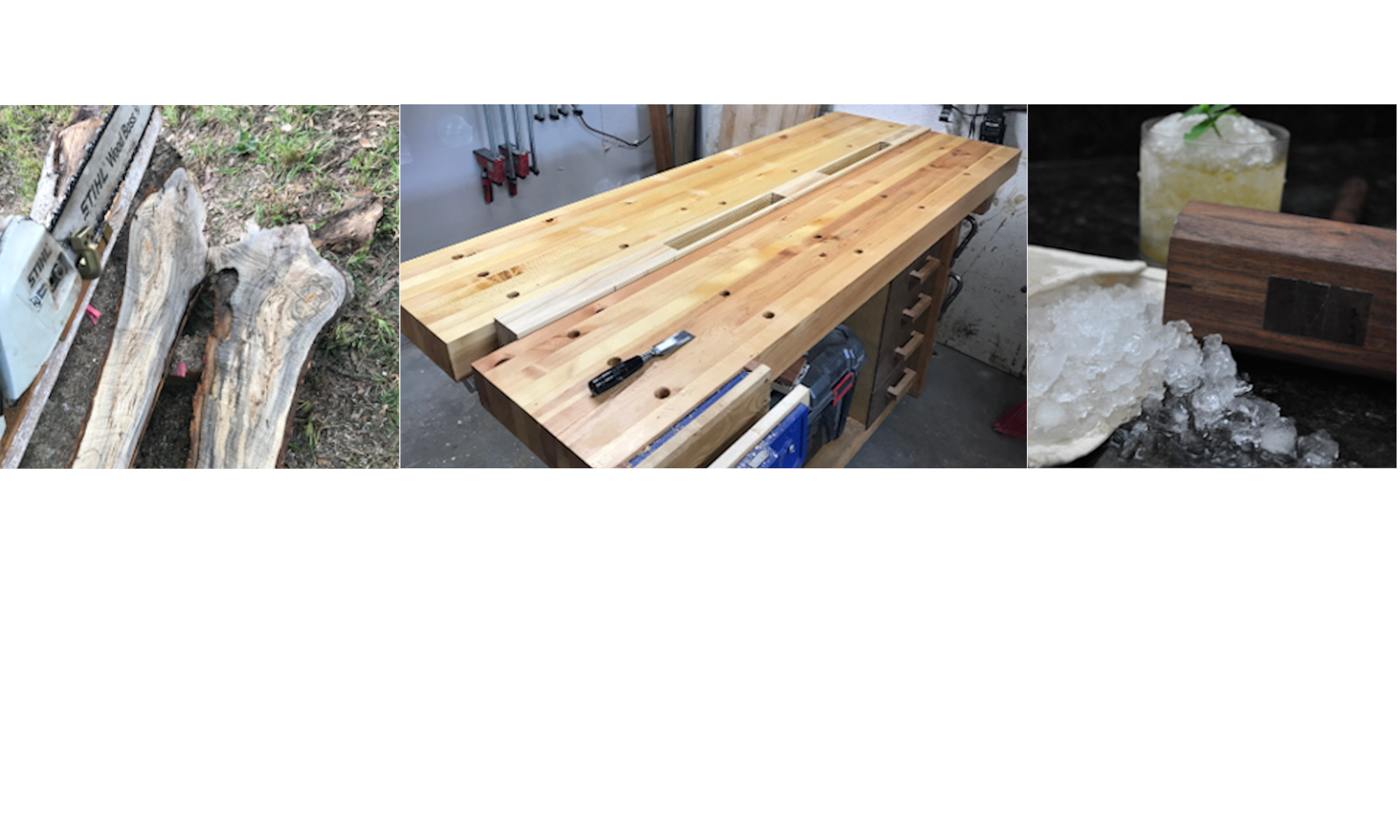A Grandy Update
Work on the traditional and contemporary Grandys continue. The lofting is mostly complete and construction of boats parts has begun. To this point I am primarily working on the traditional boat. That being said work on the contemporary is happening within my purview, the team is getting exposure to both construction methods. Mold reductions, development of lines that define the mold stations, is where the methods start to diverge. The contemporary has a thicker hull so the reductions are different. In addition, the molds for the contemporary are being made from plywood, while the traditional will use live wood. I don’t know the exact reason but I think it has to do with the fasteners required for construction. The plywood molds are faster to build because grain direction is not a concern, however they may not hold a fastener as well. We have also started allocating materials to build the backbones. The traditional being white oak where the contemporary is lighter weight woods like cedar or other laminations.
Another divergence, and activity that has been my focus is the sailing rig for the traditional boat. The plans, developed by taking the lines from an existing boat, do not include provisions for sailing. For this reason the rig will be based on an existing design from another skiff. The sail plan comes from the “SID skiff” designed by, Ray Speck, a former instructor at the school. The design gives us the sail shape, rig (sprit), rudder, centerboard, and a slick centerboard trunk design. The SID skiff is 13 foot long, six inches shorter than our Grandy. This necessitates some investigation with regard to the location of the centerboard and mast. We followed the direction of boat designer, John Gardner, through an article he wrote in Wooden Boat Magazine. This article helps us determine the location of the center of effort (CE) and the center of lateral resistance (CLR). The center of effort is located on the sail and represents the “power of the wind”. The center of lateral resistance is one of the counteracting forces and is located under the waterline around the centerboard. Without getting deep into sailboat dynamics, the CLR counteracts the CE and allows the sailboat to sail in directions other than downwind. We placed our centerboard slightly forward of the center of the boat, per the article, which also allowed the thwarts (seats) to remain in the same place. This is a rowboat and we don’t want to impact its “rowability” (moving the thwarts might do just that). Once the centerboard is located we find the CR by balancing a model of the underwater profile on an awl (high tech stuff!). The CE location on the rig comes directly from the sail plan of the SID skiff. For desirable boat dynamics it is recommended the CE “lead” CLR by a percentage of the length of the boat. We chose our lead percentage based Gardner’s article.





Boats I haven’t shown before
Now that we are in the second quarter there are many boat projects going on at the same time. It’s a challenge to keep up to date on all of them. Here are a few that I haven’t shown before. I am not working on these boats directly so i don’t know all the details. However, if there are questions I will try to find answers.
Carbon Dinghy
It’s not a wooden boat the building process for this boat is interesting. The school scored a female mold of a small dinghy from a local boat builder. The process used to build this boat will be vacuum infusion. The parts are assembled dry into the mold and are sealed together. A vacuum is applied to the assembly which pulls the resin into the mold through carefully placed tubing. The assembly consists of two layers of carbon fiber with foam sandwiched in between. Once infused the assembly is “cooked” to cure the resin before being removed from the mold. The estimated weight for the hull of this boat is expected to very light. Stay tuned and I will report back on the hull weight.




A tiny ship designed by Peter Culler
It’s not actually called it a tiny ship by the designer. That’s a name some of the students gave it as it came to fruition last quarter. Yes this was actually one of group’s first quarter skiffs. As you can see its much more involved than the flat bottomed Sprite my group started building. I can’t speak to all the details of the construction by I can say it has a pretty substantial backbone and some amazing bottom planking. As you move forward on the boat the amount of twist required a lot of shaping by the boat builders. The irony of Culler’s comment from his book, “Keep Them Simple” is not lost on me.






Hi ..
Lots of variety of boat building.